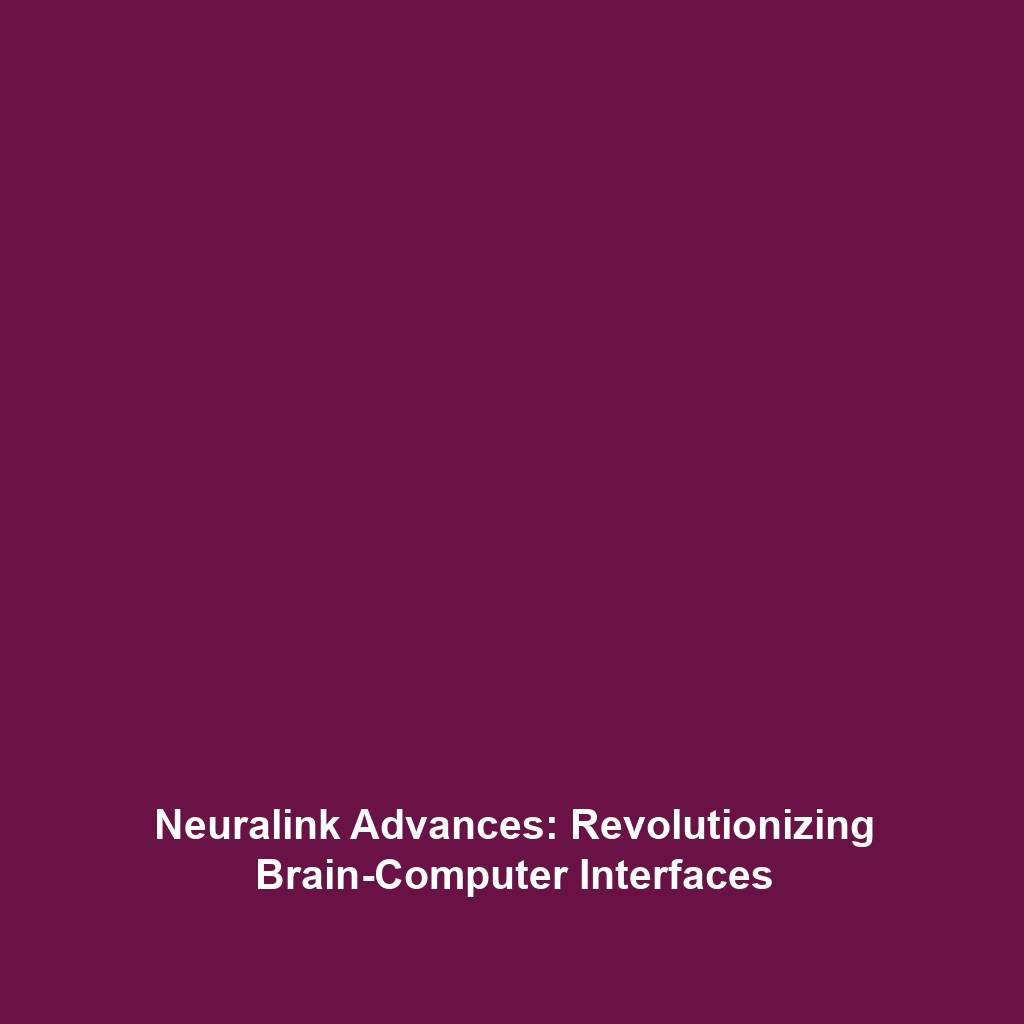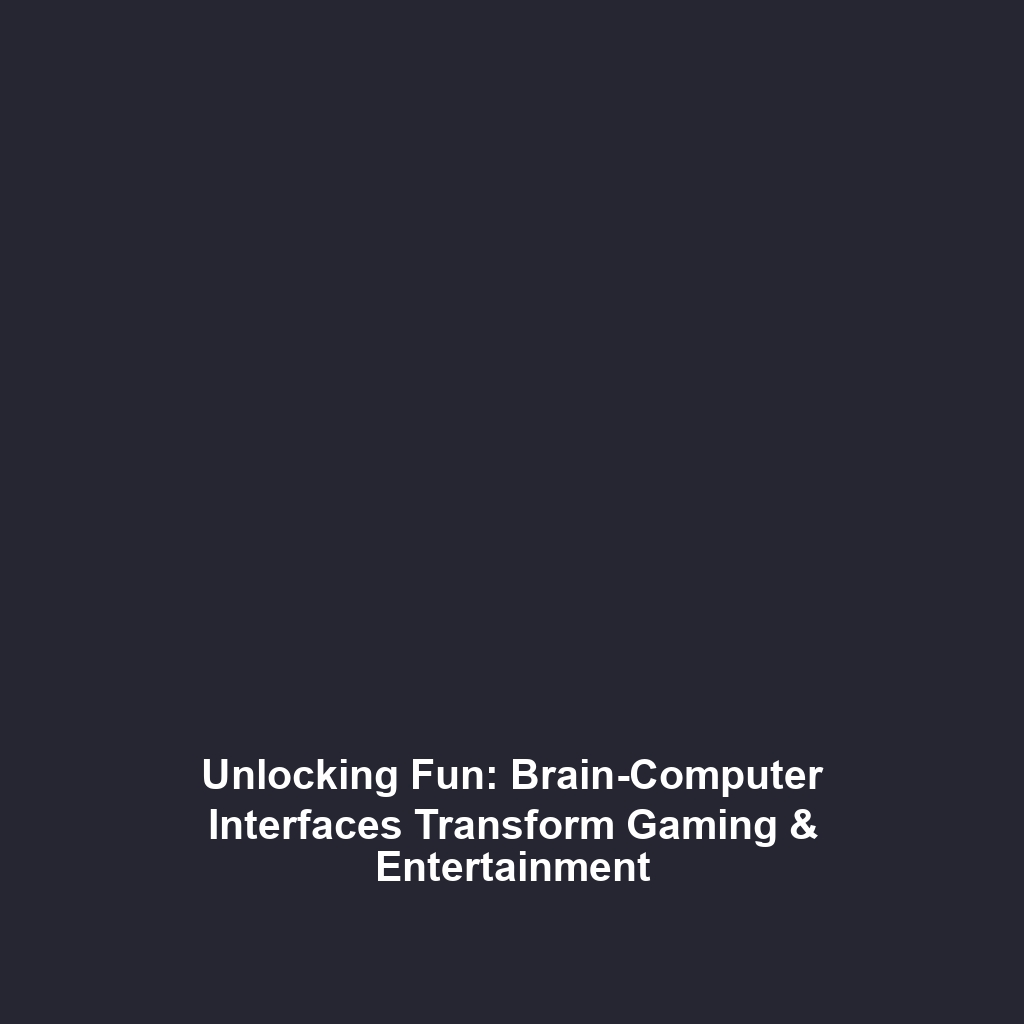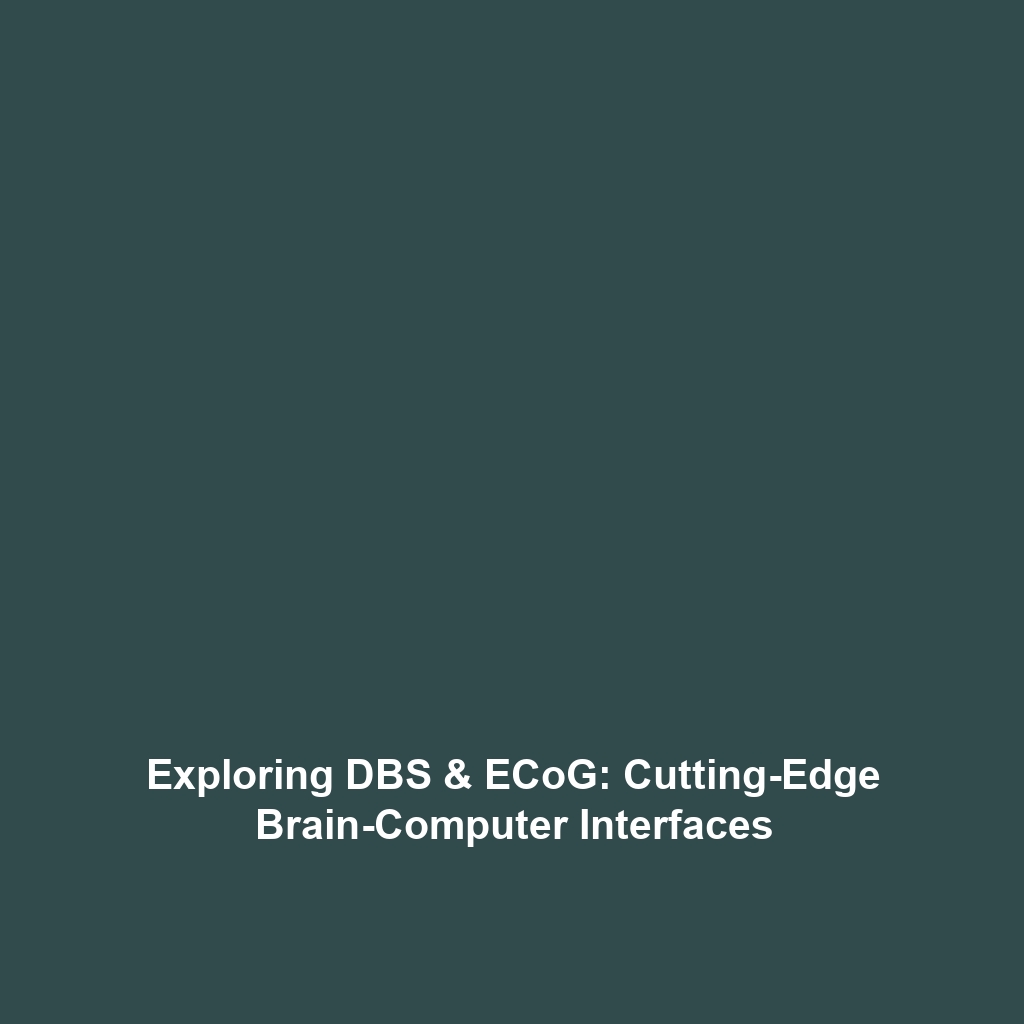Neuralink: Revolutionizing Brain-Computer Interfaces
Neuralink is at the forefront of innovation within the field of Brain-Computer Interfaces (BCIs). Founded by Elon Musk in 2016, this neurotechnology company aims to develop devices that can be implanted in the brain to facilitate direct communication with computers. Such advancements hold profound implications for medical treatments, enhancing human capabilities, and understanding neurological disorders. With the growing interest in BCIs, exploring Neuralink’s potential offers a glimpse into the future of human-computer interaction.
Key Concepts of Neuralink
Understanding Neuralink requires delving into several core concepts and principles that define its technology:
1. Brain-Computer Interface Mechanisms
Neuralink’s devices operate by utilizing electrodes embedded in the brain to capture neural signals. These signals are then transmitted to external devices, enabling communication through thought alone.
2. Neuroprosthetics
This technology is a form of neuroprosthetics, designed to restore lost functions, such as movement for patients with paralysis or interface communication for individuals with neurodegenerative diseases.
3. Data Transmission and Processing
Neuralink employs advanced algorithms that interpret neural data, facilitating real-time interaction with digital platforms. This process exemplifies the intersection of neuroscience and machine learning, shedding light on new possibilities for BCIs.
Applications and Real-World Uses of Neuralink
Neuralink shows promise in various practical applications, significantly impacting the realm of Brain-Computer Interfaces:
- Medical Treatments: Providing solutions for neurological disorders, including epilepsy and Parkinson’s disease.
- Restoration of Movement: Helping individuals with paralysis regain mobility by directly interfacing with motor pathways.
- Augmented Communication: Enabling individuals with speech impairments to communicate via thought-driven interfaces.
Current Challenges Facing Neuralink
Despite its potential, Neuralink faces several challenges and limitations within the field of Brain-Computer Interfaces:
- Technical Hurdles: Developing safe, reliable, and scalable implantable devices remains a significant challenge.
- Ethical Concerns: Addressing the implications of brain data privacy and consent is critical.
- Long-term Effects: Research on the long-term viability and effects of implanted devices in the human brain is still ongoing.
Future Research and Innovations
The horizon for Neuralink and Brain-Computer Interfaces is filled with promising innovations:
- Brain-Computer Integration: Enhancements that allow for seamless integration between the brain and digital devices.
- Neurofeedback Mechanisms: Development of systems that can offer real-time feedback for brain activity regulation.
- Applications in AI: Utilizing neural data to improve machine learning and artificial intelligence models.
Conclusion
Neuralink represents a pivotal advancement in the field of Brain-Computer Interfaces, with significant implications for medicine, technology, and human potential. As this innovative technology progresses, understanding its applications, challenges, and future research opportunities is essential for grasping its full impact on society. For further exploration into the world of BCIs and related technologies, visit our additional resources page.



